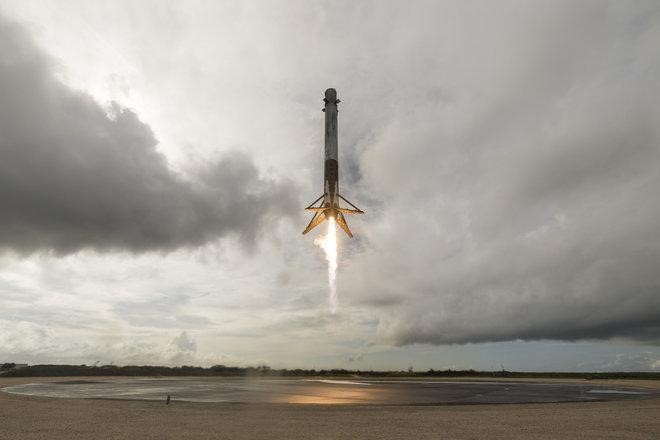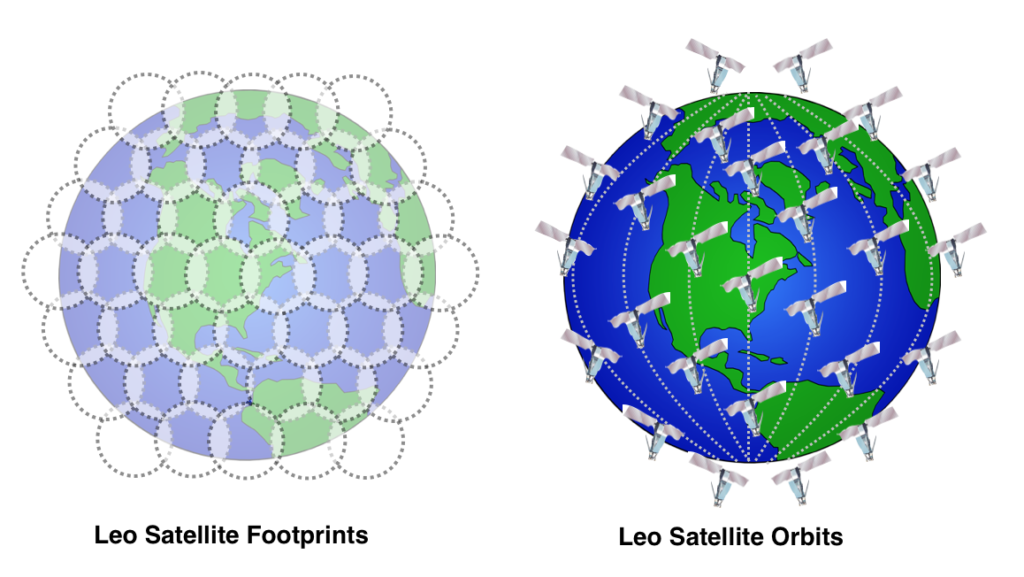Henry Ford built the Model T in 1908 with a dream for it to be the car for every man. By applying assembly line processes from the meat packing business and continuous flow production models used in flour mills and breweries, Ford’s Model T was relatively inexpensive, but not quite yet cheap enough for the masses he envisioned. It was not until he created the first moving assembly line in 1913 that he gained the economy of time he needed to scale his production up dramatically. He had taken assembly from 12 hours per vehicle down to 2.5 hours overnight. In 1924, the 10 millionth Model T rolled off the line and black Fords clogged the roadways all over America.
So what do satellites have to do with Model T Ford’s? Since the great space race started in the 1950’s, satellites have been costly and time-consuming to produce. For the most part, each one was built for a specific purpose with a unique design by a small team of engineers figuring things out as they moved along. For the last 60 years or so these innovators have been solving very complex problems using the best technology they had available to them at the time.
Related: The Last Frontier: Space
It seems we may have reached a tipping point in the equation for designing, building and launching a satellite into space on the tip of a rocket being blasted free of the Earth’s gravity and into orbit. Satellites are now being built in more of an assembly line fashion, dramatically driving down the cost of production while speeding up the process as well. SpaceX’s reusable Falcon rocket as a delivery mechanism is the final piece of the puzzle, and has completely changed the economics of putting a satellite into space.

Prior to this 21st century Industrial Revolution of the space and satellite business, large volume communications over satellites were far too costly for most companies. This has limited most businesses and industries to more traditional terrestrial-based options. The most significant advancements appear to be in the area of Low Earth Orbit satellites (LEOs) that are now being produced on an assembly line with dramatically lower cost.
These advancements have drawn massive interest from technology titans such as Google, Apple and others to establish a kind of “new internet” that would enlist massive fleets of LEOs in the sky that would blanket the entire Earth. Yes, that would be wildly convenient to always be able to stream Netflix and binge watch your favorite show from anywhere, but think about what his would do for the entire continent of Africa, where access to the internet is limited and scarce.

The race to establish the LEO networks circling the globe represents a tremendous opportunity for teleport providers that are able to manage these new networks and the massive volume of traffic they would create. X2nSat has positioned itself to be a leader in this emerging segment of the satellite communications industry. Our newest gateway in Las Cruces, New Mexico is being specifically designed to provide service to and from LEO constellations and will be fully operational this summer.
Related: Rising from the Desert Sands: X2nSat’s Las Cruces Satellite Gateway
When Henry Ford made having a car affordable for every family in America, he dramatically accelerated productivity and innovation that led us to the point where the next revolution in space is taking place. We are excited here at X2nSat to be a part of bringing this innovation to the world. Every family in America may not ever have their own satellite, but it certainly is now feasible for every business to have access and benefit from them.
